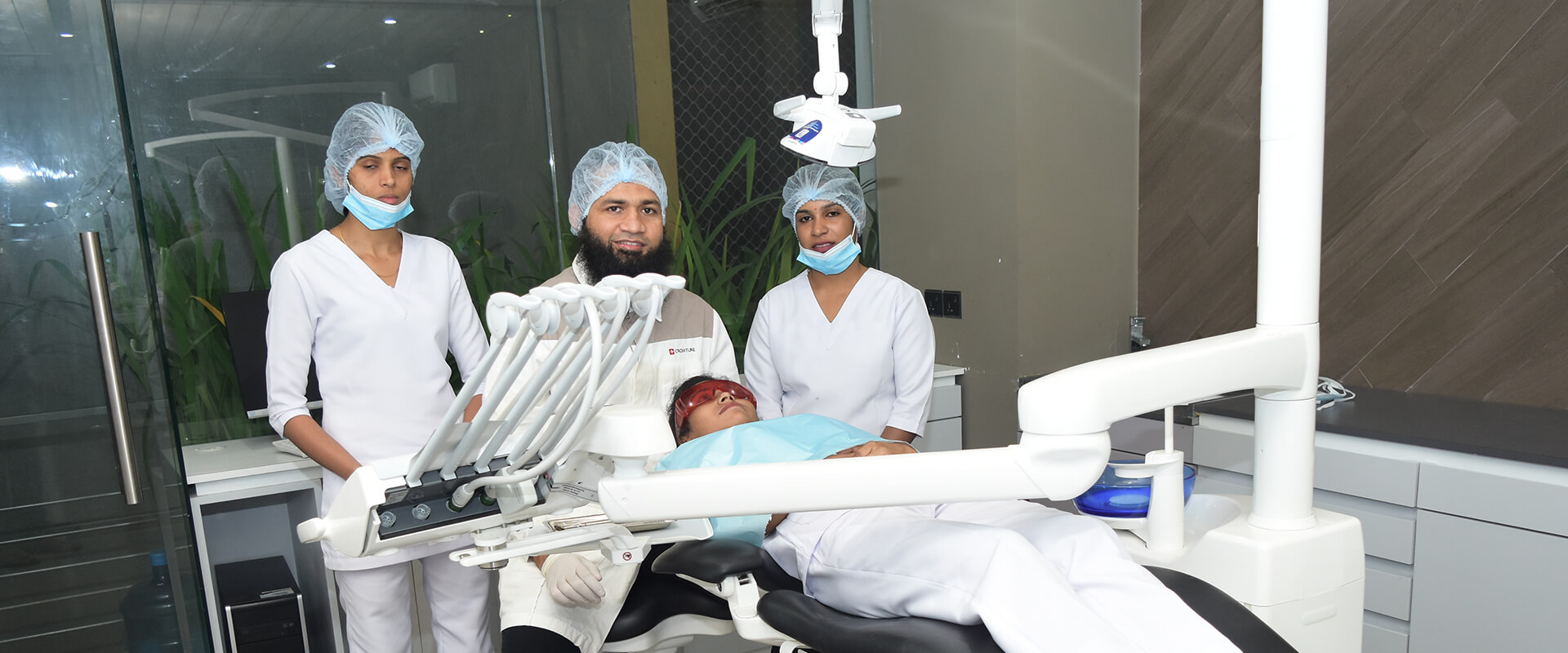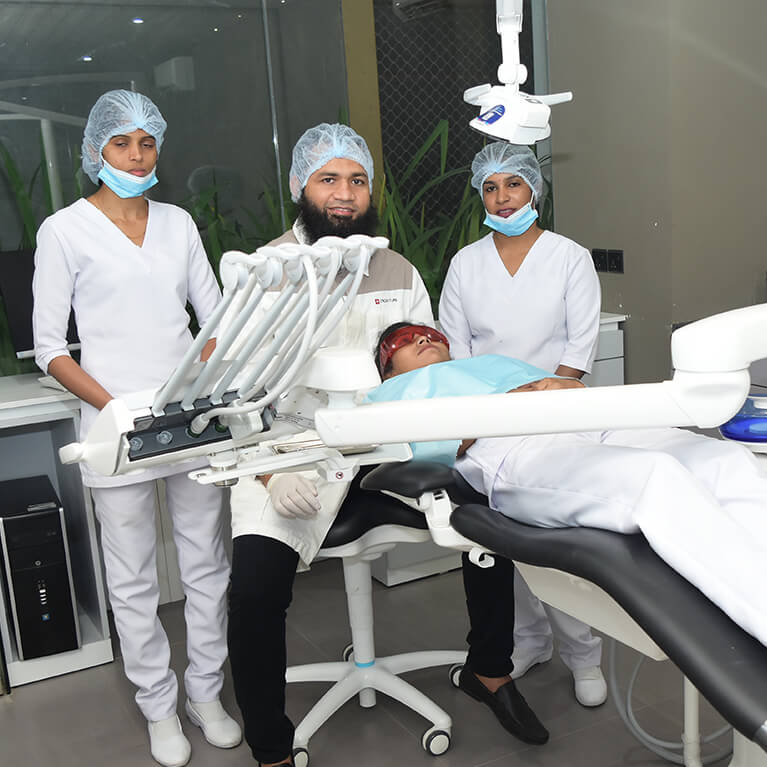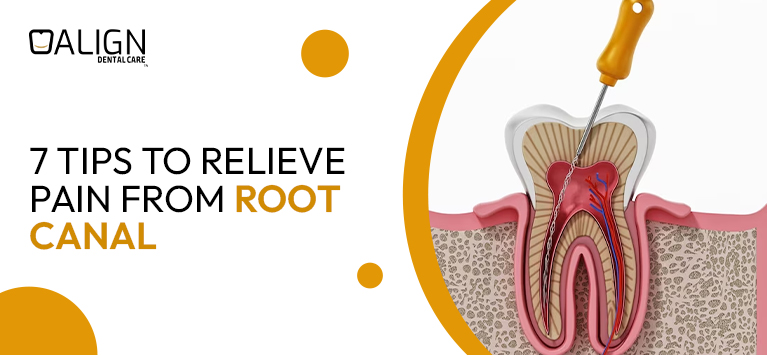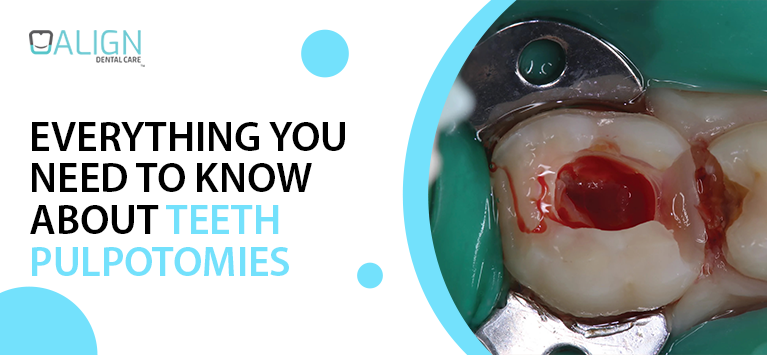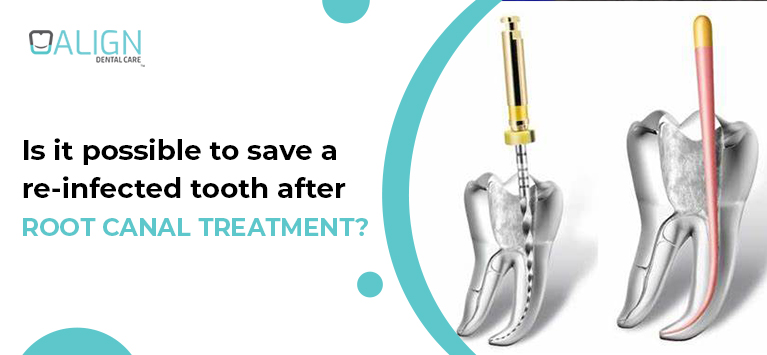Going through a root canal might sound like a real pain, literally. If you’re wondering just how much it hurts and how long the pain sticks around afterwards, you’re not alone. The idea of facing the healing process after a root canal can be scary. You might be envisioning days of immobility and misery, but let’s clear that up – it’s not as bad as you might think. Nowadays, skilled endodontists handle root canals using fancy tools and the latest tech to make the whole experience as painless as possible.
Generally, the recovery from a root canal is just a matter of a few days. But here’s the thing: if you don’t heed your endodontist’s advice, you could unintentionally drag out the healing process, and nobody wants that. There are cases where you can get back to your regular routine on the very same day as the procedure, albeit with a bit of discomfort. The key here is to be cautious and let the pros take care of any tooth pain post-root canal.
So, this guide is your go-to for seven down-to-earth tips to find relief – from making the lead-up to a root canal less painful to handling any discomfort during and after the procedure. We will make your root canal experience as comfy as possible!
7 Ways to Get Rid of Root Canal Pain
Dealing with the anticipation of a root canal can be nerve-wracking, but fret not. Here are seven tips to help you alleviate the pain and discomfort before and after the procedure:
- Oral Pain Relievers
When the pain flares up, reach for over-the-counter pain relievers like ibuprofen. Following the recommended dosage can bring effective relief and ease your discomfort.
- Cold Compress Magic
Combat the ache by applying a cold compress to the affected area for 15-20 minutes. This simple remedy can numb the pain and reduce inflammation, offering some much-needed comfort.
- Mindful Eating
Opt for softer foods to minimize strain on your tooth. Steering clear of hard or sticky foods can prevent worsening the pain and make your pre-root canal experience more bearable.
- Warm Saltwater Rinse
Gargling with warm salt water can provide relief by reducing inflammation and preventing infection. This simple yet effective practice contributes to a soothing post-root canal experience.
- Elevate Your Head While Sleeping
If discomfort persists, elevate your head while sleeping. This helps reduce blood flow to the affected area, minimizing pain and promoting a more restful night’s sleep.
- Stay Hydrated with Water
Proper hydration aids in the healing process. Opt for water over sugary beverages to ensure your body is in the best condition to recover after the root canal.
- Opt for a Soft Toothbrush and Gentle Brushing
During the recovery phase, use a soft-bristled toothbrush and gently brush your teeth. This minimizes irritation and supports the healing process without causing additional discomfort.
These tips are meant to ease your experience. But it’s crucial to consult your dentist for personalized advice and care. Taking these simple steps can contribute to a smoother journey through the root canal process.
Pain Management Before Root Canal
Before you head to the dentist’s chair, consider these additional tips to make the pre-root canal phase as comfortable as possible:
- Sensitive Toothpaste
Switch to a toothpaste designed for sensitive teeth. This can help alleviate any existing tooth sensitivity and make the pre-root canal phase more bearable.
- Topical Anesthetic Gels
Ask your dentist about topical anaesthetic gels. Applying these gels to the affected area before the procedure can help numb the surface and minimize discomfort during the initial stages of the root canal.
- Discuss Anxiety Management
If dental anxiety is a concern, talk to your dentist about anxiety management strategies. They may offer relaxation techniques or even prescribe a mild sedative to help ease your nerves before the root canal.
- Pre-procedure Pain Relievers
With your dentist’s approval, consider taking pain relievers before the appointment. This proactive approach can preemptively address any discomfort, making the entire experience more manageable.
Open communication with your dentist is key. Discuss your concerns, preferences, and any discomfort you’re currently experiencing to ensure a smoother pre-root canal phase.
Pain Management After Root Canal
Congratulations, you’ve made it through the root canal! Now, we’ll look at how you can manage any lingering discomfort during the recovery phase:
- Rest and Relax
Give your body the time it needs to recover. Avoid strenuous activities, get plenty of rest, and let your body heal. Taking it easy ensures a more comfortable post-root canal recovery.
- Over-the-Counter Pain Medication
Consider taking over-the-counter pain medication, as recommended by your dentist. This can help manage any residual discomfort as your body heals from the root canal procedure.
- Cold Compress Application
Continue using a cold compress on the outside of your cheek over the treated tooth. This can assist in reducing inflammation and providing localized relief.
- Follow Post-Procedure Care Instructions
Adhere diligently to the post-root canal care instructions provided by your dentist. This may include specific guidelines on oral hygiene, dietary restrictions, and any prescribed medications to promote optimal healing.
- Maintain a Soft Diet
Stick to a soft diet in the initial days post-root canal. Avoid hard or crunchy foods that may cause additional stress on the treated tooth. Opt for gentle, easy-to-chew options to minimize discomfort.
These suggestions are here to make your experience more manageable. Always consult your dentist if you have persistent or worsening pain. You’re on the path to relief – take it one step at a time!
Finishing Up
Navigating a root canal might seem daunting, but here’s the real deal: it’s not as painful or prolonged as you might think. Skilled endodontists use advanced tools, making the whole experience way more bearable. Recovery usually takes just a few days, and if you follow your dentist’s advice, you might even get back to your routine on the same day. This guide offers seven down-to-earth tips to ease your journey from pre-root canal to recovery.





